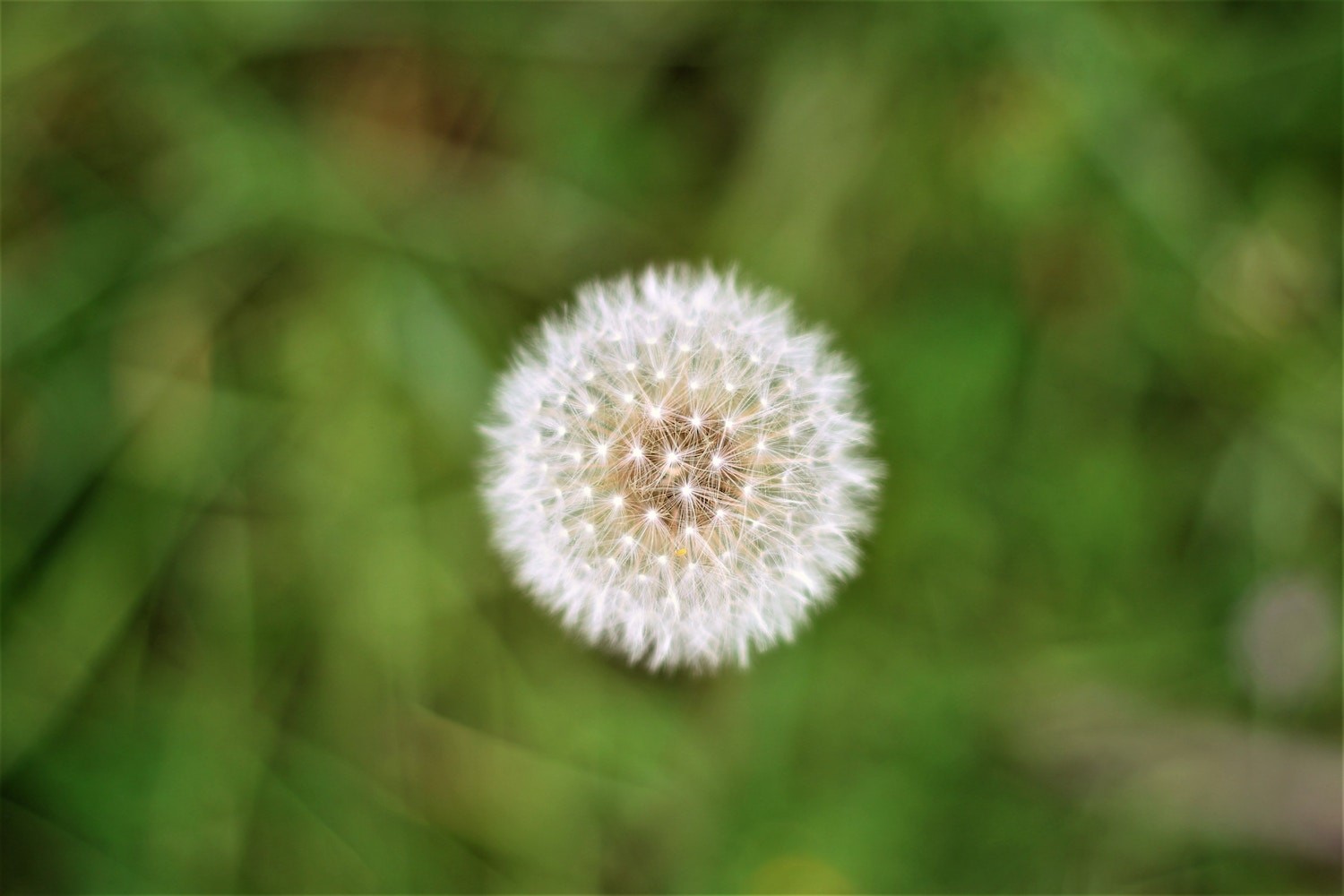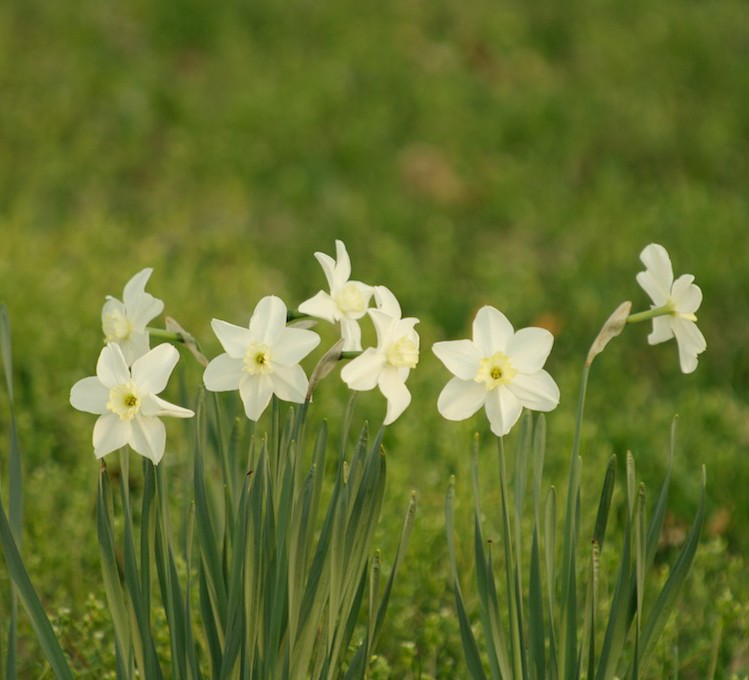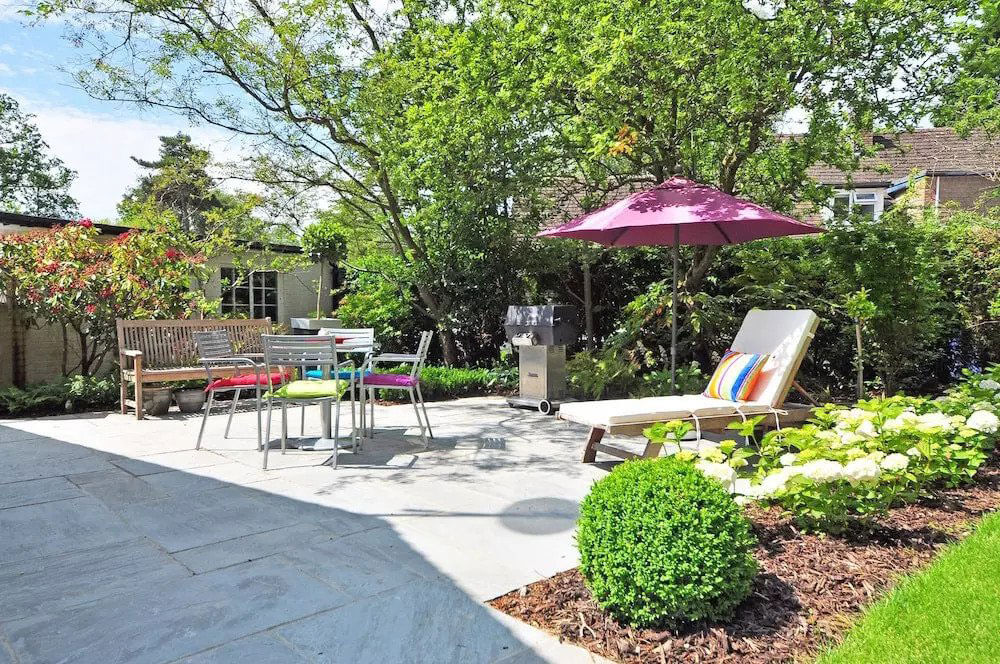Nashville is no stranger to violent weather. Hail and wind or even a freak snowstorm can substantially disrupt personal and business lives. While we don’t get hurricanes, we do get winds that are strong enough to uproot trees or snap off limbs and strip trees of foliage.
Yes, we get wind, but did you know that according to the CoreLogic® Windy City Index, in 2016 Nashville was the windiest city in the country with 21 wind related events? The metropolitan area experienced wind gusts of 72 mph that year.
When those events occur, it can create chaos. Trees will fall, limbs will snap, power will be lost, roadways – not to mention driveways – may be blocked, and the whole thing can become a Class A Emergency if first responders are hampered by debris.
You may think you are prepared, but our decades of experience at the Parke Company have taught us that there is always something more you can do.
An Extreme Example Nashville Can Learn From
When Hurricane Irma, a CAT 4 storm with sustained winds of 110 mph, made landfall in Naples, FL in 2017, residents expected the worst. Electrical power was out for ten days. It took two weeks before the water system was again safe enough to drink from the tap. Those were long periods of inconvenience, and in some cases, danger. But the longest and most persistent reminder of Irma was the four months it took to remove “natural debris.”
That “natural debris” consisted of uprooted trees, tree limbs, shrubs, and bushel after bushel of leaves. That natural debris initially caused life threatening situations. Not because they were leaning up against structures, but because they blocked roadways, causing serious delays in response times. Ambulances, fire department vehicles, police, and of course critical services like power company crews were severely hampered by trees blocking the highways and residential roads.
Initially, recovery efforts were focused on public roads. Piles of debris 20 and 30 feet high lined the roadways for months. However, that left homeowners (and HOAs) on their own to clear driveways and private roads. For many, that meant they were unable to leave their property except by foot for several days. For everybody, it meant that the sound of chainsaws and tree chippers became the background music for everyday life.
Florida expects this kind of weather. For the people and the government, hurricanes and tropical storms are front of mind from July through October. When Irma hit, some of the best prepared cities and counties in the state were essentially “out of business” for five days, only gradually coming back to “normal” over the next four months.
Nashville does not expect this kind of severe weather, but there is still a lesson to be learned. Communities and property owners need an emergency plan that includes the impact of “natural debris” on the safety and protection of people and property.
Planning for and Recovering from an Emergency Tree Event
When property owners think about their landscaping, it’s usually about how, when, and who will do the lawn maintenance, tree trimming, fertilizing, aerating, and other routine landscaping services. Those same questions should be asked (in advance) when the landscaping is no longer nice and neat but residing in places it shouldn’t, like on top of a car in the driveway or poking through a second-floor window.
To accomplish that, you need a plan:
- Know what you have. For many homeowners, inventorying their trees can be accomplished on one hand. But for businesses, HOAs in gated communities, and larger estates in Franklin, Brentwood, Gallatin, and other communities, it’s wise to know what is at risk. A survey by a certified arborist can identify, plot, assign an economic replacement value, and evaluate the health of every tree on the property. The arborist can also make recommendations regarding preparation for specific trees. Knowing what the potential dollar cost is at risk, and what can be done to mitigate those risks, is a great starting point to prepare for severe weather.
- “Who ya gonna call?” If you haven’t decided before the event, you’ll probably be able to get Ghostbusters to respond before you find a qualified landscaper. Severe weather didn’t just hit your lawn. The entire area will have a demand for these companies. Don’t assume your existing landscaping service is equipped to handle your emergency needs.
- Appreciate the scope of the problem. If you have never been through extreme weather, it’s difficult to appreciate the effort needed to clear tree damage. If you have a mature hardwood like white oak, hickory, cherry, or maple that is 60 feet tall with a 20 inch diameter, it can weigh close to 5 tons. The same size pines will run about 40% of that. That’s a single tree! To clean up and remove 10,000 pounds of debris requires chainsaws, tree chippers, a stump grinder, forklift, high wall truck, and skilled labor that knows how to use it all. Again, that’s for a single tree. Toss in the special skill and equipment required to remove trees leaning on structures or property and you have a requirement for resources not normally found in a “mow and blow” lawn service.
Information is the key to preparing for a tree disaster. The survey conducted by the arborist gives you the base line you need to mitigate the damage and control the costs of that mitigation. Understanding the value of your risk allows you to make informed decisions on what preparation work makes sense (removal of unhealthy trees, cabling, trimming, etc.) and to negotiate contracts in a non-emergency environment.
At the Parke Company, we have extensive experience with emergency tree service. We have the resources, the skilled crews, and the capacity to respond in a timely fashion. If you believe you can benefit from a professional tree disaster plan, give us a call and we can get the process started. Our certified arborist will survey the property and then prepare a step by step process that optimizes recovery.
Take panic out of the equation. Partner with the Parke Company and enjoy the peace of mind that you are ready for the next big blow.





